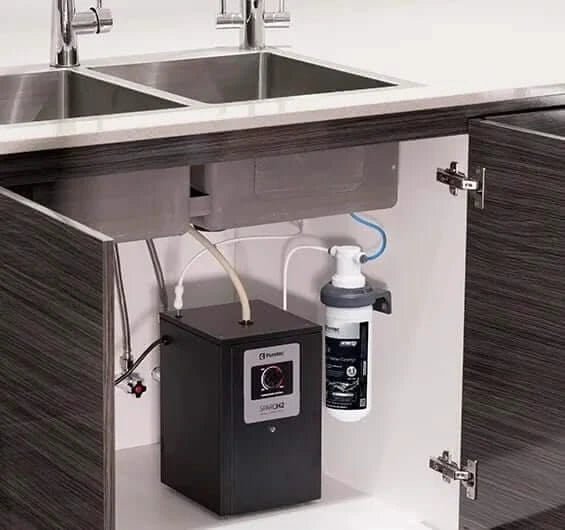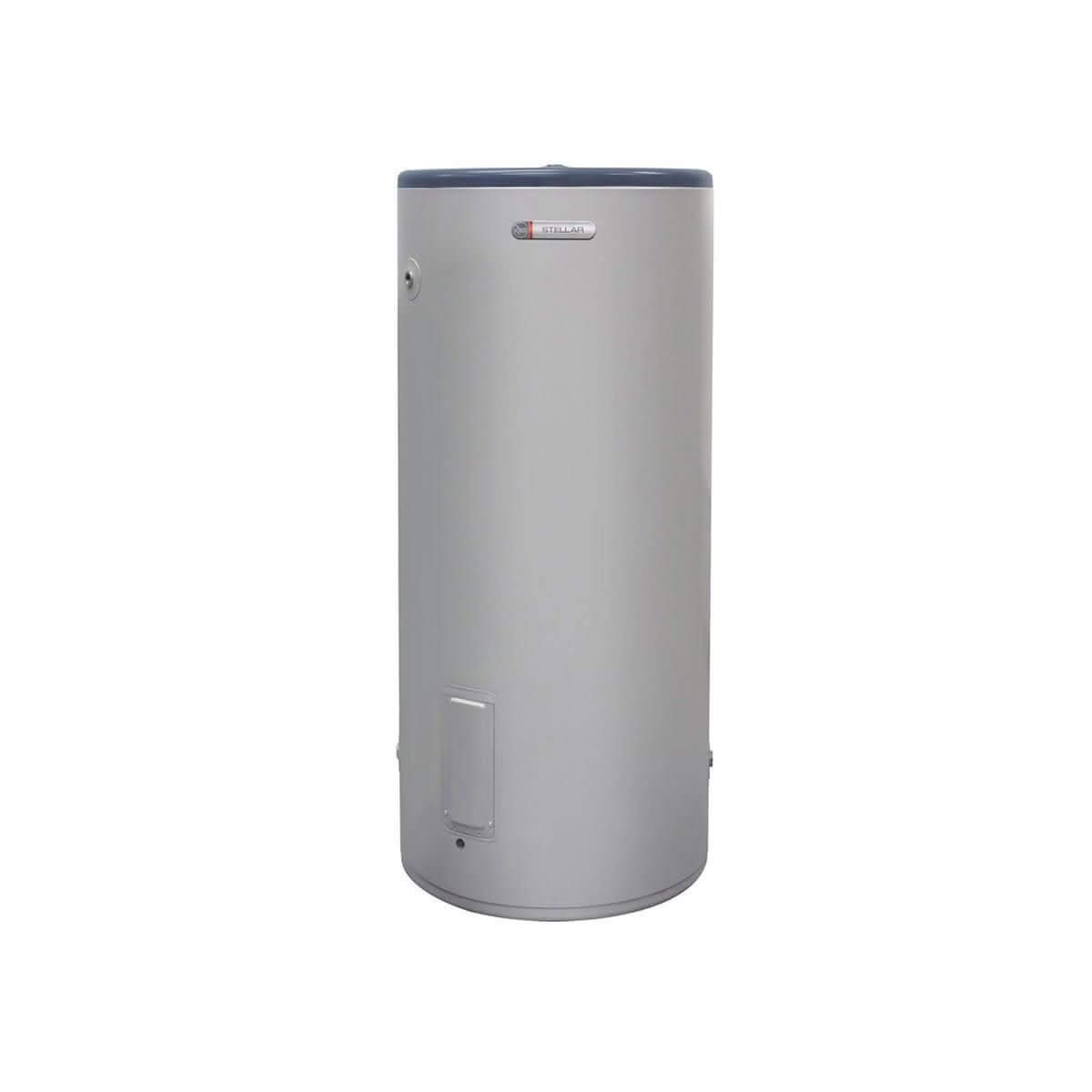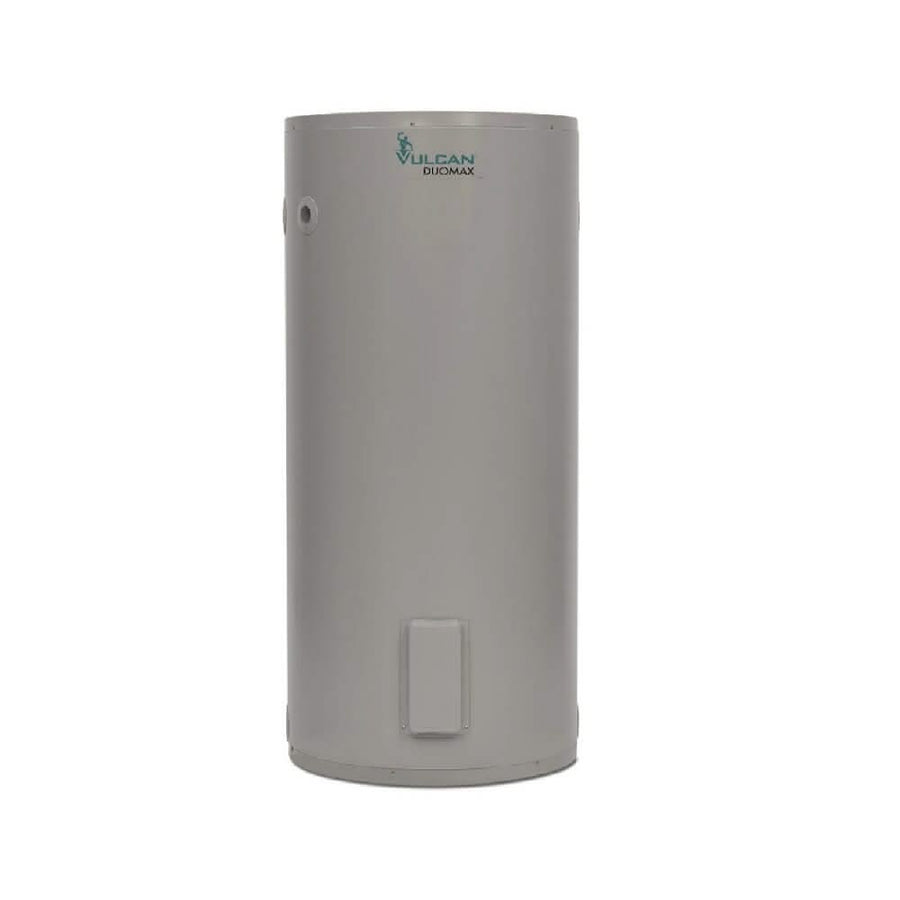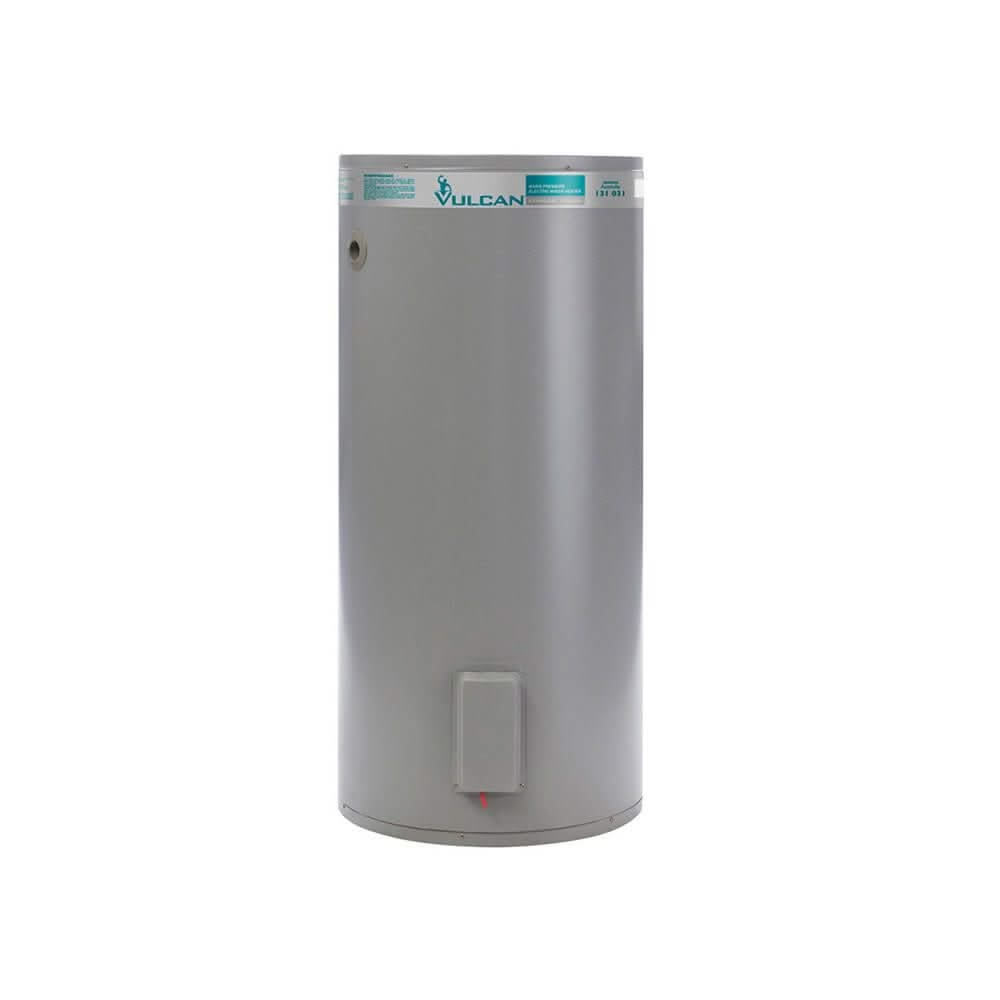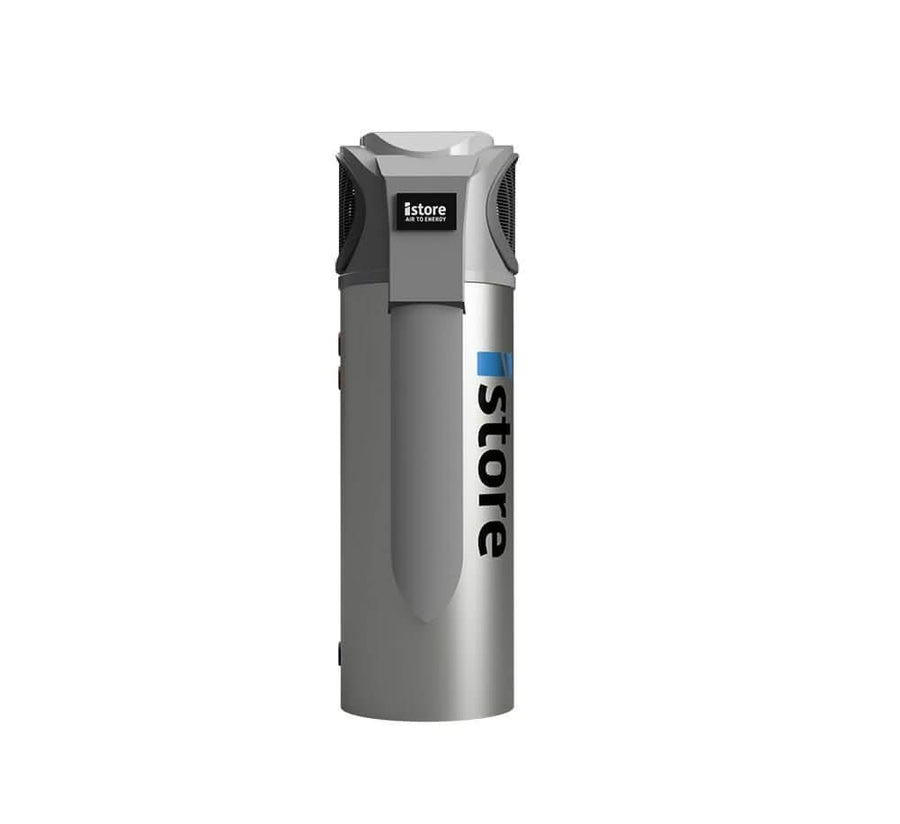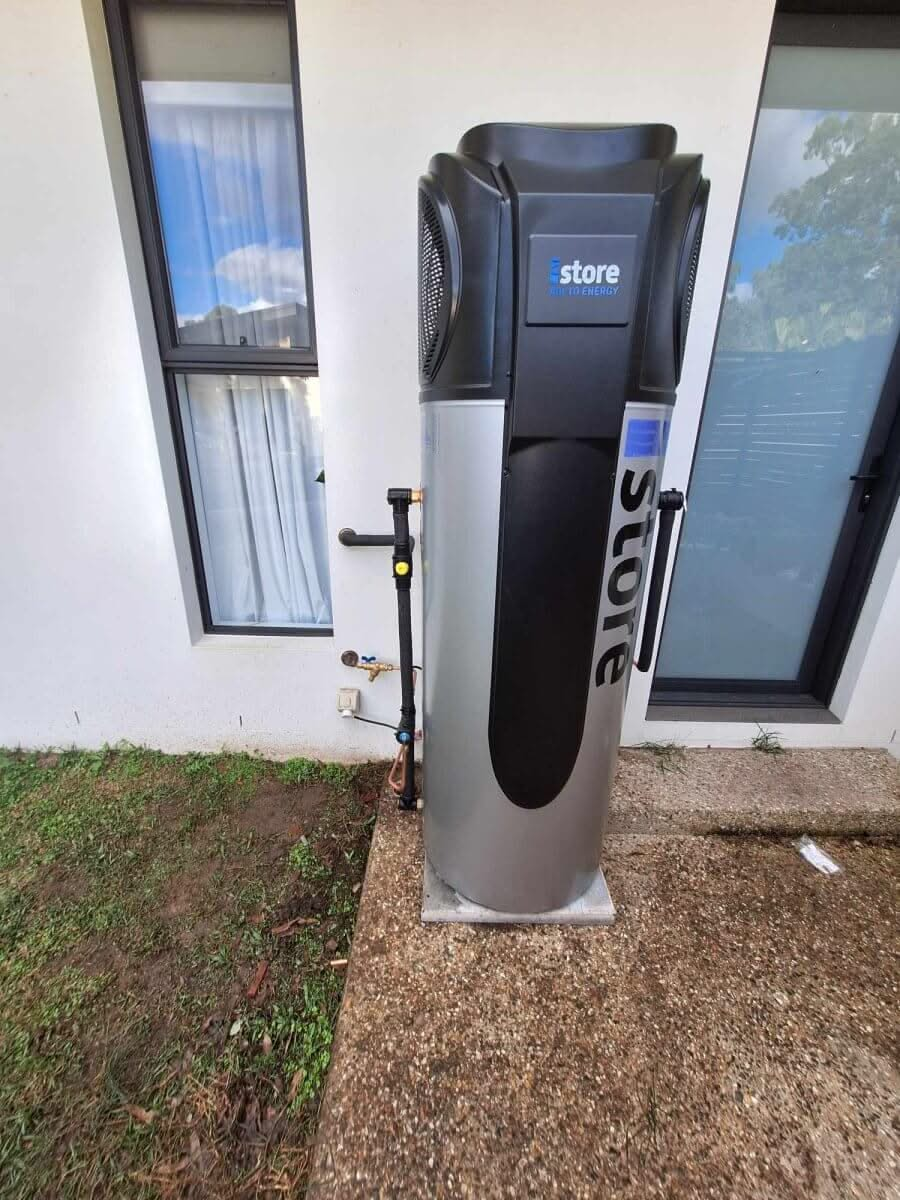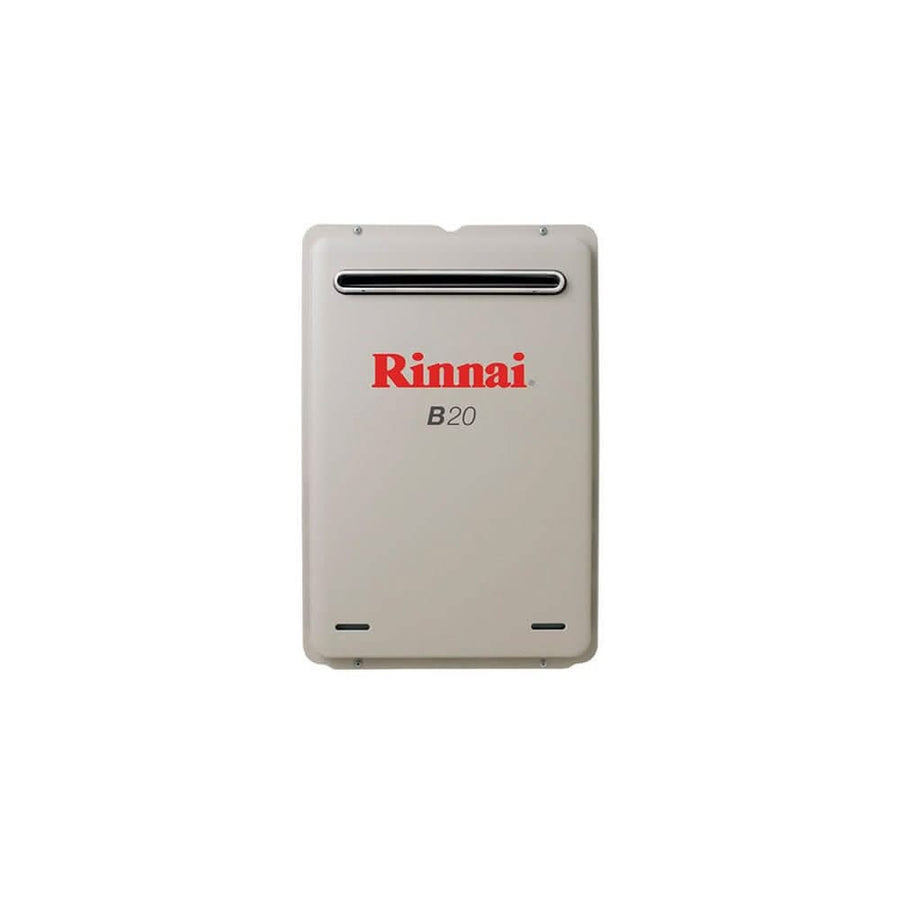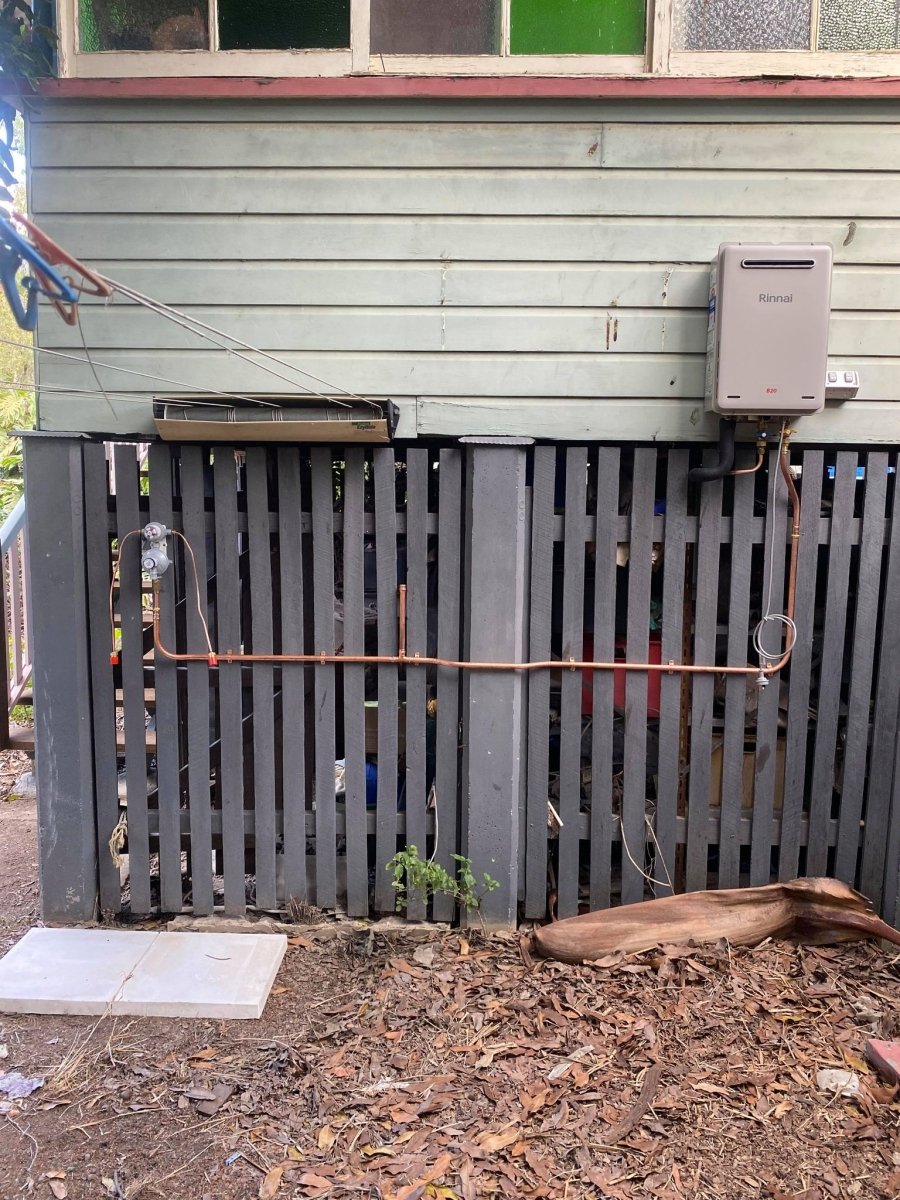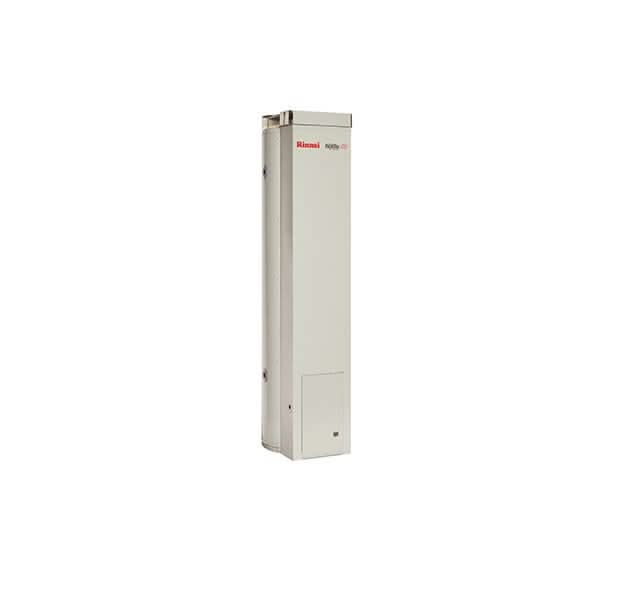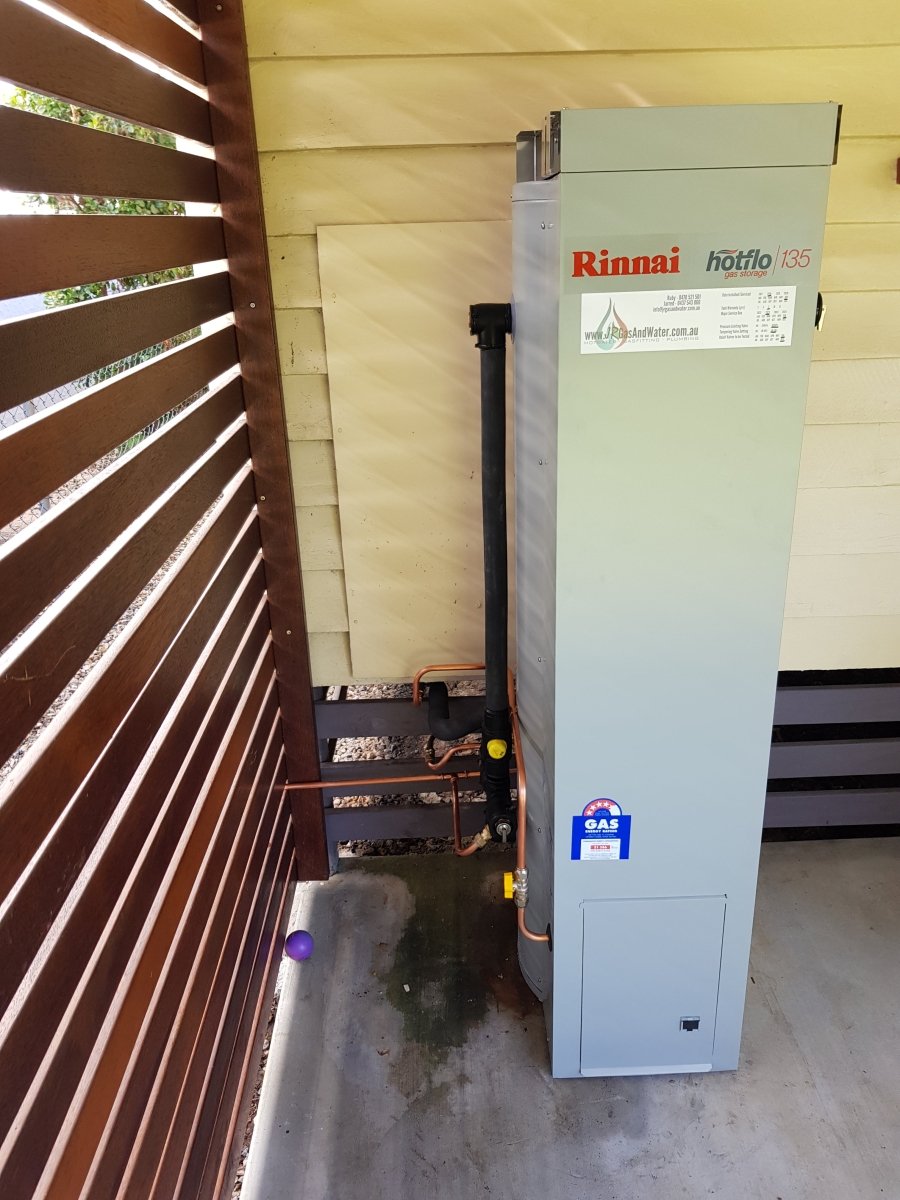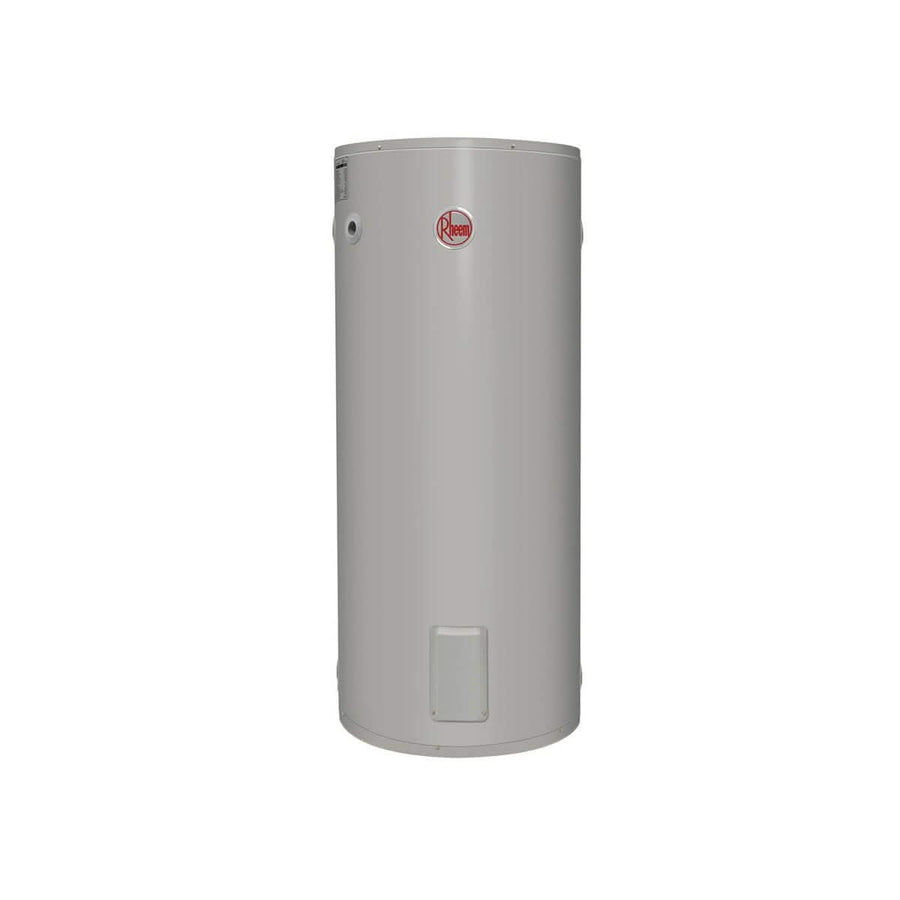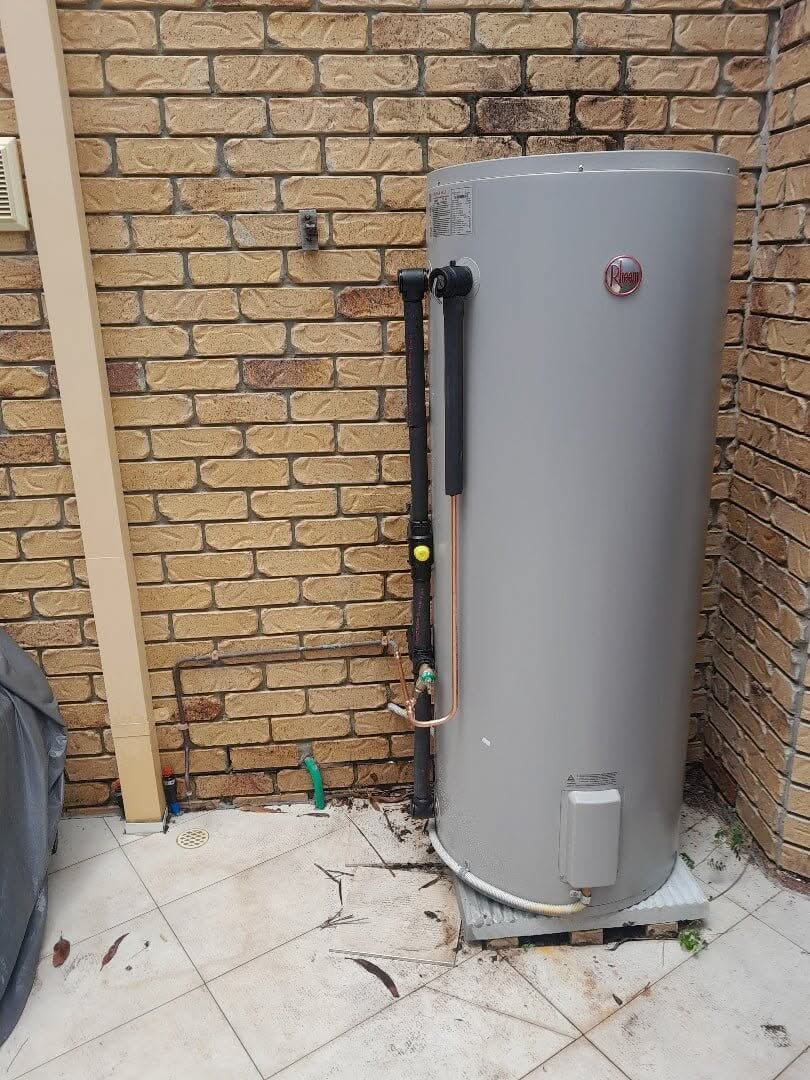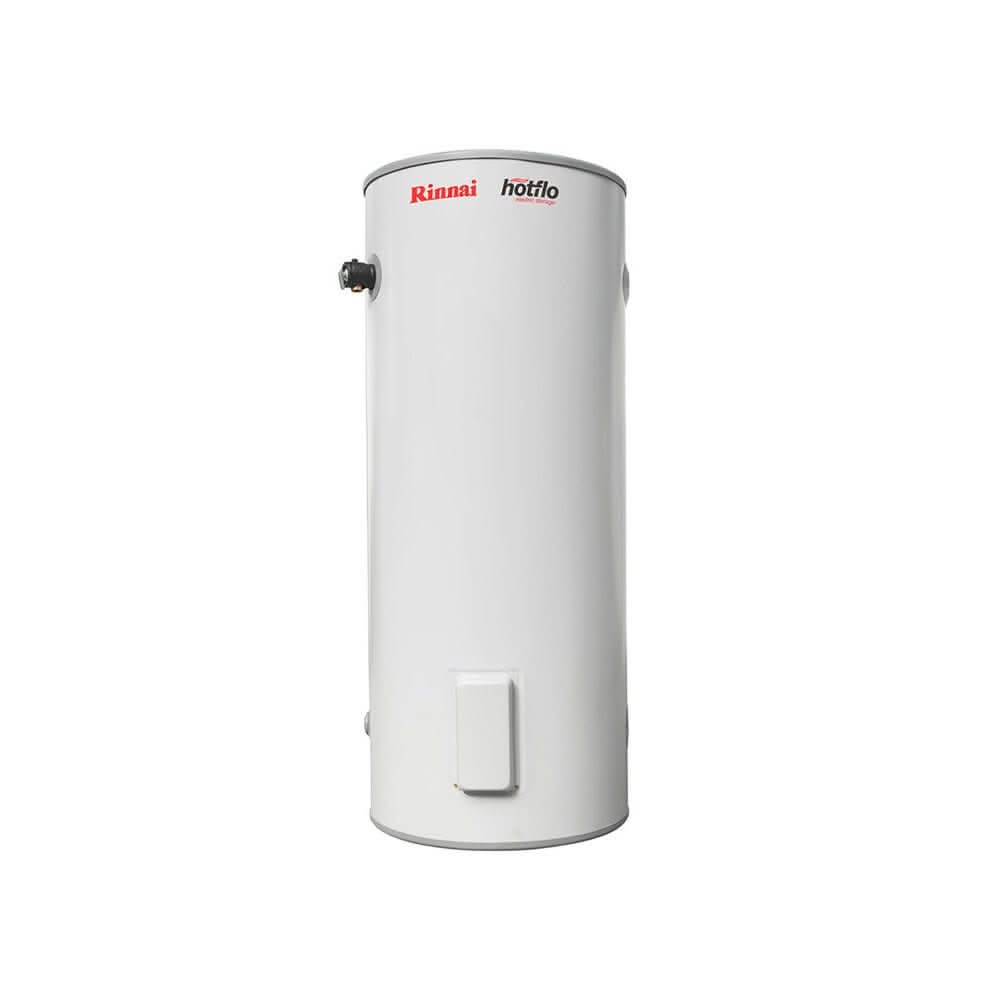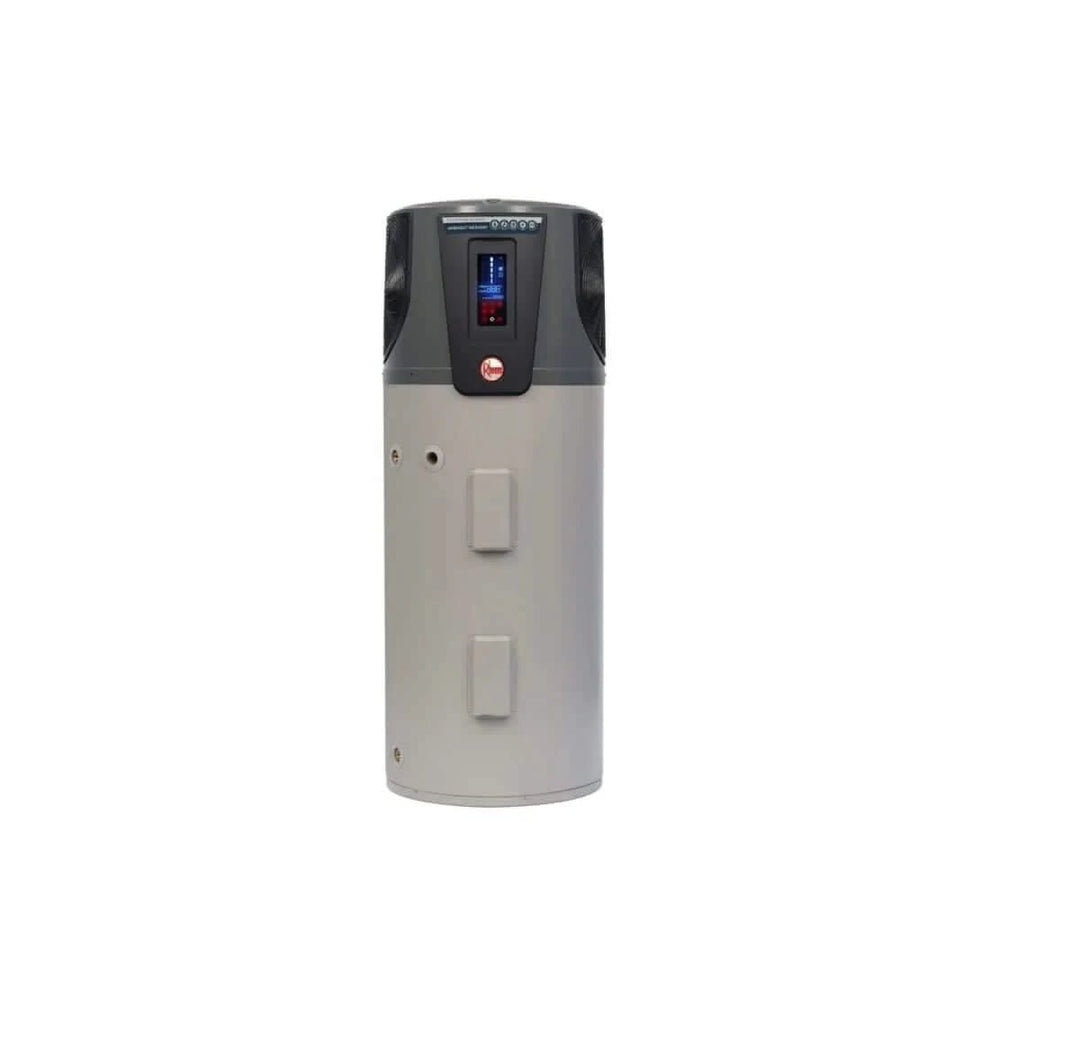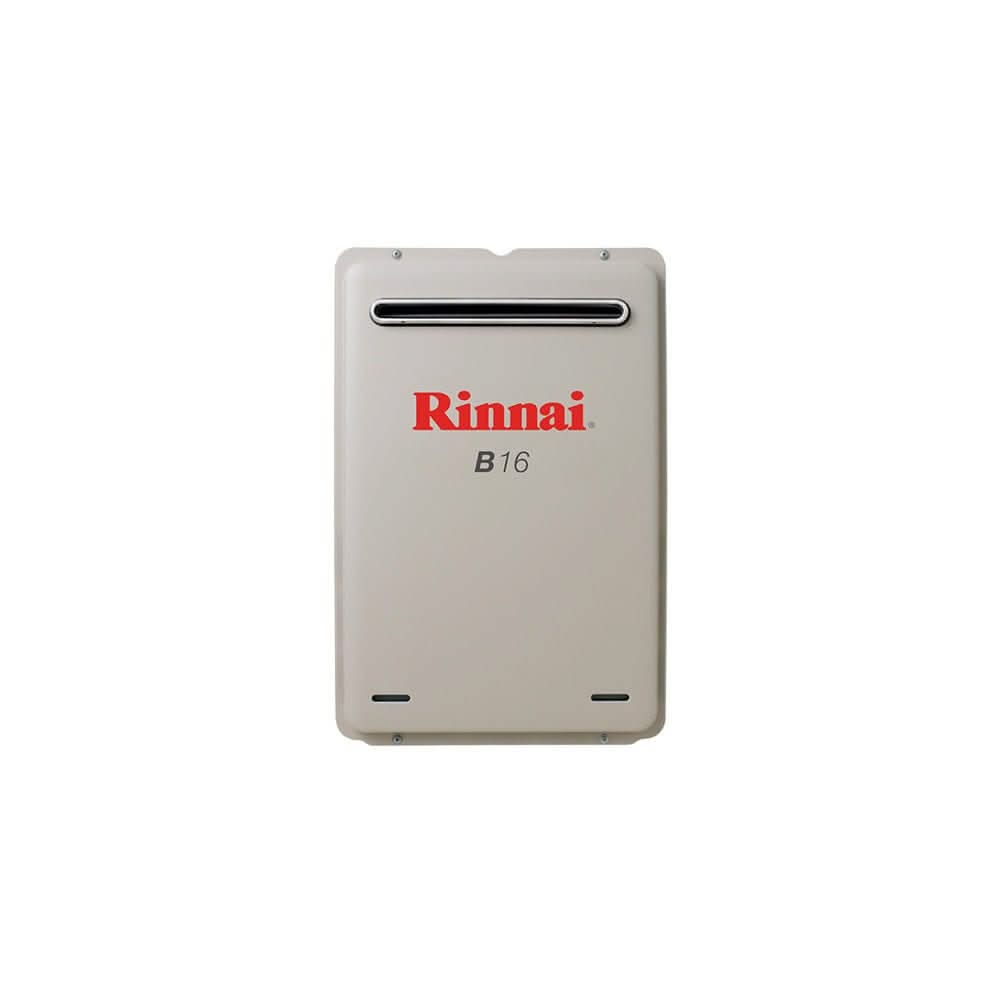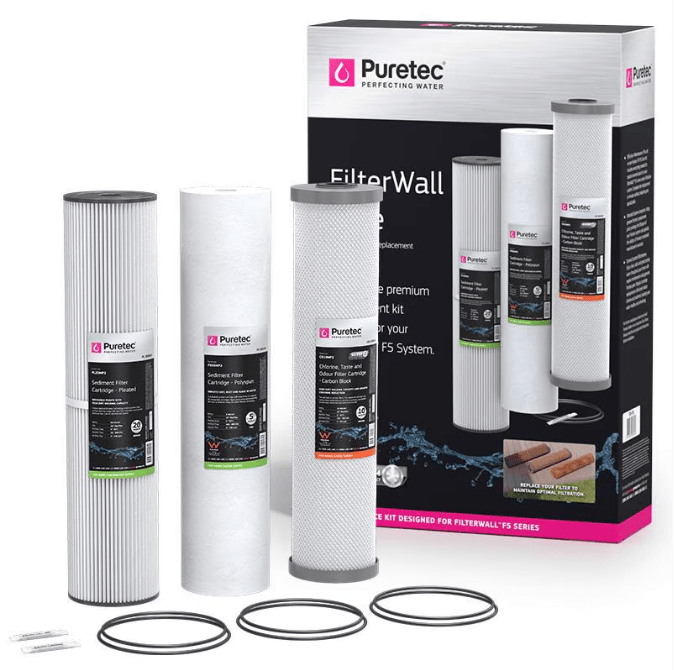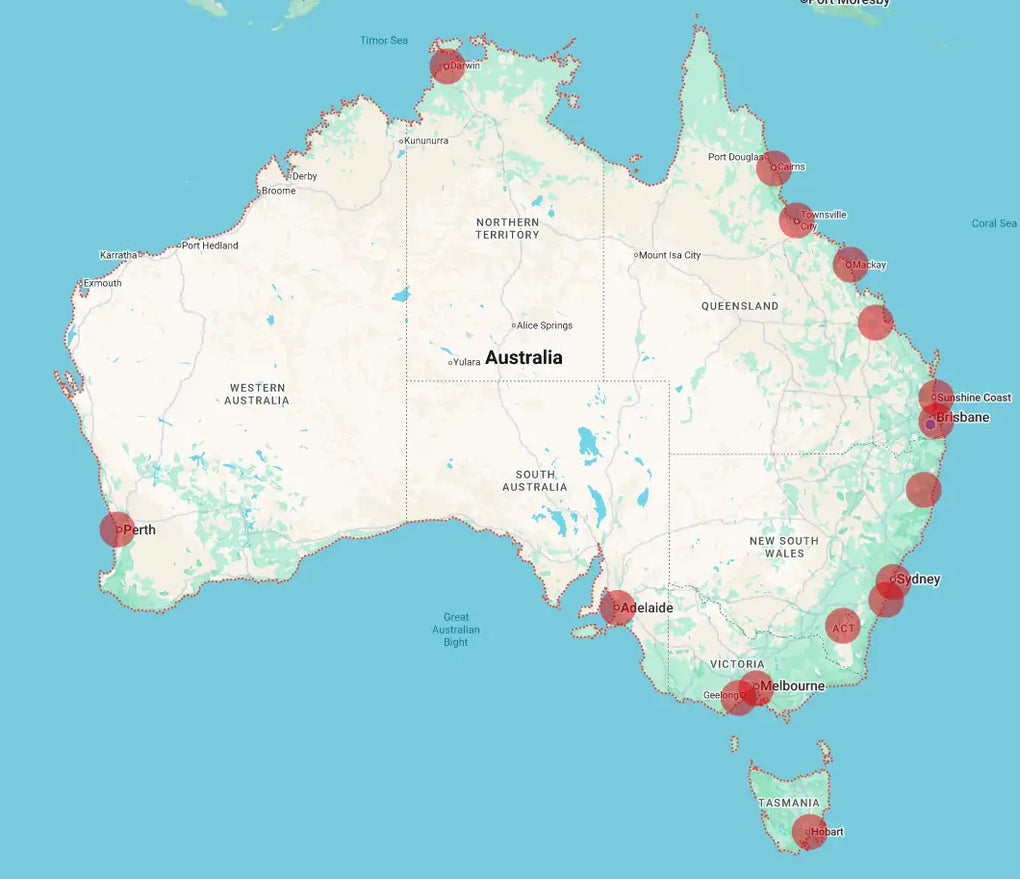Understanding the Price for Solar Hot Water System Investments in 2024
Seeking the price for a solar hot water system?
Costs in 2024 range from $2,600 to $7,000, shaped by system selection and installation factors. Explore these expenses alongside traditional system costs and understand the potential for long-term savings. Heat pumps, as energy-efficient water heating solutions, draw solar heat from the air and can operate effectively even in freezing temperatures while using significantly less energy compared to conventional electric and gas systems. This article provides a transparent cost breakdown to help you make an informed decision.
Key Takeaways:
-
Solar hot water systems range from $2,600 to $7,000 and can be more cost-effective long-term than traditional electric or gas systems despite the higher upfront cost. Replacing an electric hot water system with a solar option can lead to significant savings, as electric hot water systems often account for a large portion of electricity bills.
-
Government incentives like STCs (Small-scale Technology Certificates) can significantly reduce the purchase and installation costs, making solar hot water systems even more affordable.
-
Choosing the right type of solar hot water system (active, passive, rooftop, split, or heat pump) based on climate and household needs is crucial. Heat pumps are particularly effective in cooler climates as they draw solar heat from the air and operate efficiently in freezing temperatures while using significantly less energy.
What is a Solar Hot Water System?
Definition and Explanation
A solar hot water system harnesses the sun’s energy to heat water for household use. Unlike traditional electric or gas systems, solar hot water systems use solar collectors to absorb sunlight and transfer the heat to a storage tank.
How They Work
Solar panels (collectors) absorb sunlight, which heats water or a heat-transfer fluid that circulates through a heat exchanger. Using solar electricity in conjunction with electric storage tank hot water systems can optimize energy use by powering the system during the day with solar PV panels. This system stores hot water until needed. A backup heating element (electric or gas booster) ensures a constant supply during cloudy days or high-demand periods.
Benefits of Solar Hot Water Systems
-
Reduced Energy Bills: Can save up to 80% on water heating costs.
-
Environmental Benefits: Produces no greenhouse gas emissions during operation. Solar water heaters, while having higher installation costs and maintenance requirements, significantly reduce greenhouse gas emissions, making them a sustainable choice for households interested in both cost-effectiveness and ecological impact.
-
Increased Property Value: Considered a modern, energy-efficient upgrade.
-
Low Maintenance: Durable with a lifespan of 15-20 years.
Assessing Your Household’s Hot Water Needs
Factors to Consider
-
Number of Occupants: More people = higher hot water needs.
-
Water Usage Patterns: Frequency of showers, dishwashing, laundry.
-
Climate: Areas with abundant sunlight benefit more from solar.
-
Roof Size and Orientation: North-facing roofs optimize solar energy absorption.
-
Budget: Higher upfront cost but significant long-term savings.
A solar system for hot water production can significantly reduce heating bills compared to traditional methods, offering substantial cost savings. Additionally, backup systems ensure a continuous supply of hot water even when solar energy is not available.
Calculating Hot Water Usage
-
Average person uses 50-60 liters/day.
-
Multiply the number of occupants by average usage to determine system size.
-
Consider high-efficiency appliances and adjust for unique usage patterns.
Roof Requirements for Optimal Performance
Roof Orientation and Angle
To ensure your solar hot water system operates at peak efficiency, it’s essential to consider the orientation and angle of your roof. In Australia, the optimal setup involves positioning your solar collectors to face north. This orientation captures the maximum amount of sunlight throughout the day, significantly boosting your system’s performance. The ideal angle for solar collectors ranges between 20° to 40°, which is particularly effective for maximizing energy absorption during the winter months when the sun is lower in the sky. However, the exact angle may vary based on your specific location and the type of solar collectors you choose. Consulting with a professional installer can help determine the best setup for your home.
Roof Size and Material
The size and material of your roof play a crucial role in the efficiency of your solar hot water system. A larger roof area can accommodate more solar collectors, thereby increasing the system’s energy output. Common roofing materials such as asphalt shingles, metal, and tile are generally suitable for solar hot water systems. However, it’s vital to ensure that your roof is structurally sound and capable of supporting the weight of the solar collectors. If your roof requires reinforcement, this should be factored into your installation plans. A thorough assessment by a qualified installer can help identify any necessary modifications to ensure a safe and effective installation.
Shading and Obstruction Considerations
Shading and obstructions can significantly impact the performance of your solar hot water system. Trees, buildings, and other structures that cast shadows on your solar collectors can reduce their energy output. Before installation, it’s essential to assess your roof for any potential shading issues. You may need to trim trees or adjust the placement of your solar collectors to minimize shading and ensure they receive maximum sunlight throughout the day. By addressing these factors, you can optimize the performance of your solar hot water system and enjoy greater energy savings.
The Cost of Solar Hot Water Systems
Price Breakdown
-
Flat Plate Collector Systems: $3,000 - $4,000
-
Evacuated Tube Collector Systems: $6,000 - $7,000
-
Heat Pump Systems: $3,000 - $4,000 (after STC rebates)
Factors Influencing Price
-
System type and capacity
-
Location and climate
-
Installation complexity
-
Roof reinforcement needs (if required for rooftop systems)
Comparing Costs with Traditional Systems
-
Electric Hot Water: $450 - $1,900 (higher running costs)
-
Gas Hot Water: $800 - $1,400. A gas hot water system is often a viable and efficient option, especially for smaller households with lower hot water consumption. It offers practicality and cost-effectiveness, though switching to electric options can help reduce gas dependency.
-
Solar: Higher upfront but long-term energy savings of up to $1,250 annually.
Different Types of Solar Hot Water Systems
Active vs. Passive Systems
-
Active systems use pumps for fluid circulation (better for cold climates).
-
Passive systems rely on gravity and natural convection (simpler, lower maintenance).
Rooftop vs. Split Systems
-
Rooftop Systems: Solar collectors and storage tank both on the roof.
-
Split Systems: Collectors on the roof, tank at ground level (better for heavy tanks).
Heat Pump Systems
-
Uses ambient air temperature to heat water.
-
Works efficiently even in cold climates.
-
Lower running costs compared to electric or gas.
Government Rebates and Incentives
STCs (Small-scale Technology Certificates)
-
Reduces upfront system costs by $500-$1,000, depending on the system size.
-
Higher efficiency = more STCs = larger discount.
Feed-in Tariffs
-
Homes with solar PV systems may earn credits for excess electricity fed into the grid.
-
Helps offset overall household energy costs.
Installation and Maintenance Costs
Installation Process and Timeline
-
Site Assessment & Quote (1-3 days)
-
System Design & Planning (1-3 days)
-
Installation (1-3 days)
-
Testing & Commissioning (1 day)
-
Final Inspection & Handover (1 day)
Finding a Trusted Installer
-
Choose accredited professionals for quality installation.
-
Obtain at least 3 quotes to compare rates and services.
Maintenance Costs
-
Annual service: $100 - $200
-
Full service every 5 years: $300 - $500
Navigating Warranties and Lifespans
Understanding Warranties and Guarantees
When investing in a solar hot water system, understanding the warranties and guarantees provided by the manufacturer is crucial. Typically, a solar hot water system comes with several warranties, each covering different components:
-
Collector Warranty: This warranty covers the solar collectors, usually for a period of 10 to 20 years, depending on the manufacturer. It ensures that the collectors will function effectively and are protected against defects.
-
Tank Warranty: The storage tank is covered for 5 to 10 years, providing assurance that it will store hot water efficiently without leaks or other issues.
-
System Warranty: This warranty covers the entire system, including all components, for 5 to 10 years. It offers peace of mind that the system will operate as intended.
-
Performance Guarantee: Some manufacturers offer a performance guarantee, which ensures that the system will meet specified energy output levels for a certain period, typically 5 to 10 years.
It’s essential to review the terms and conditions of these warranties to understand what is covered and for how long. A reputable manufacturer will provide comprehensive warranties that cover both parts and labor for an extended period, ensuring that your investment is protected. By choosing a solar hot water system with robust warranties, you can enjoy long-term reliability and performance.
Payback Period and Long-Term Savings
Calculating Payback Period
-
Divide upfront cost by annual energy savings.
-
Payback period typically 2-7 years.
Maximizing Savings
-
Households can save up to $565 per year.
-
Lasts 20+ years, making it a high-return investment.
Enhancing Efficiency with Solar PV Systems
-
Combining solar PV with solar hot water systems further reduces grid reliance.
-
Installing a 6.6 kW+ solar PV system enhances energy savings.
-
Timer switches help maximize solar energy usage.
Summary
-
Solar hot water systems cost between $2,600 - $7,000.
-
Government rebates and incentives make them more affordable.
-
Different system types cater to varied household needs and climates.
-
Regular maintenance ensures 20+ years of efficient operation.
-
Solar PV integration enhances energy efficiency and savings.
By considering these factors, you can select the right solar hot water system to suit your home and budget, ensuring sustainable energy use and financial savings in the long run.


